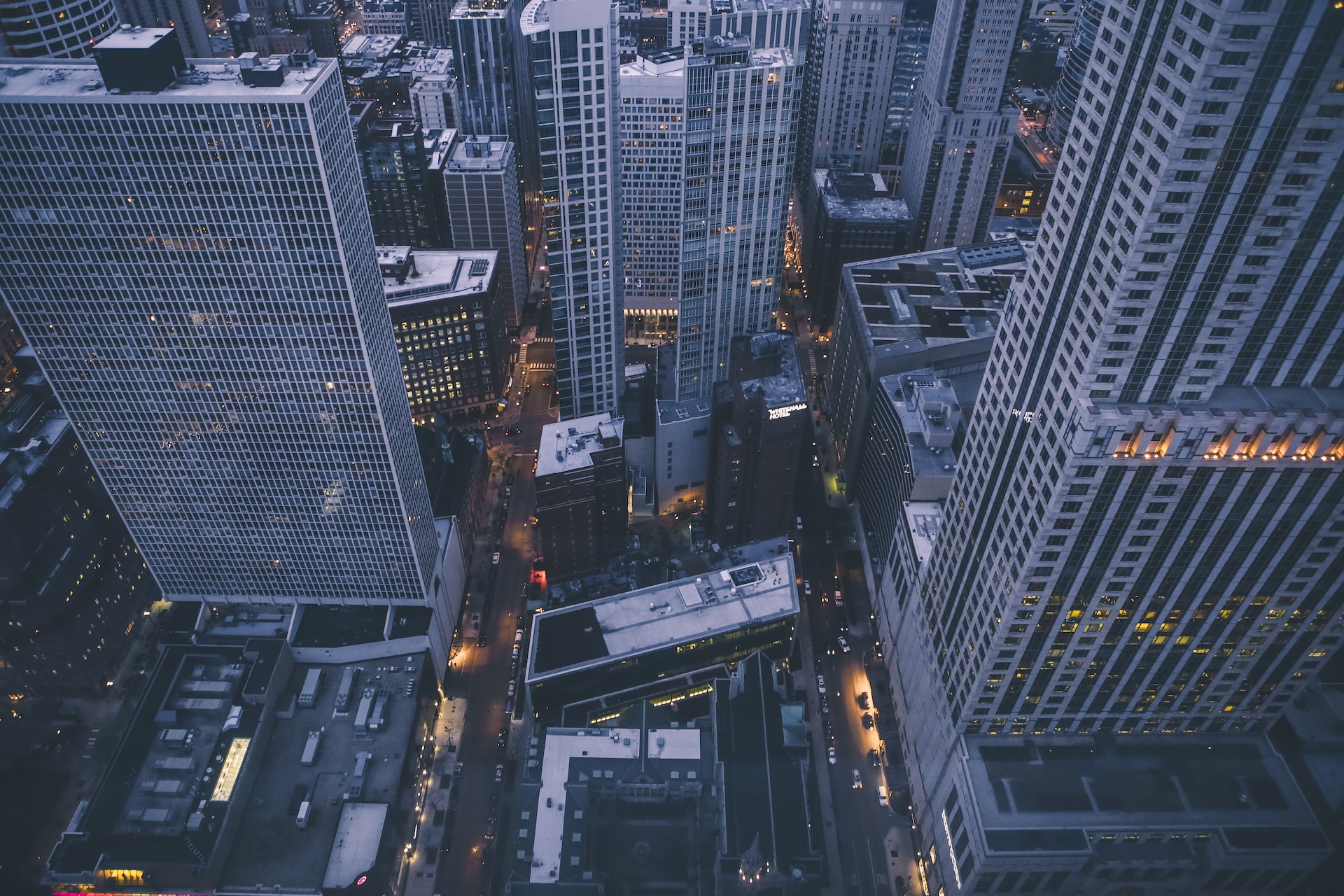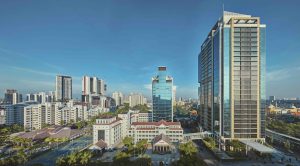Investing in leasehold properties: Yay? Or Nah?
Share story

Despite what you think, investing in leasehold homes may be lucrative
Buying a home may be a stressful and overwhelming experience. There are so many things to keep an eye out for that some of us may not even know where to begin looking for information. If you ask your parents or those who purchased property in the 1990s, they will frequently advise you to buy landed or freehold. However, times have changed, and these two factors may no longer be relevant, instead becoming deal breakers for us when looking to buy or invest in real estate because these types of properties are frequently out of our budget or in the locations we want.
What is the distinction between a freehold and a leasehold home?
Freehold is a title granted by the government to an individual in perpetuity. In Malaysia, leasehold means you lease the land from the government for 99 years.
Having a piece of land in perpetuity seems fantastic, and in terms of value, it would outperform a lease, but therein lays the dilemma. In simple economics, the stronger the demand for a good with a limited supply, the higher the price of that good. That is the situation we are in when attempting to purchase a freehold property. A newly built 400-square-foot freehold property in Petaling Jaya, for example, would cost RM400,000, whilst a 1,000-square-foot leased unit adjacent would cost RM600,000. The price per square foot is RM1,000 against RM600.
When your lease expires, the government may seize your property without compensation. They can, however, take back freehold land if the intended use is for the general public, but they must compensate for this. If, on the other hand, you want to renew your lease for your property, you can do so by renewing your lease with the land office once your tenure is near to 50 years. This procedure can take up to two years to complete, and the charges vary by state.
Location matters, whether leasehold or freehold
Based on the Malaysian economy and property pricing, a lower-entry property in an urban area adjacent to Central Business Districts (CBD) would most likely be a leasehold property. Does this imply that your property will be worth less than its freehold competitor? It all depends on the location.
In heavily rented neighborhoods such as Bangsar South and Kerinchi, there has been significant value rise and capital appreciation. The value of leasehold properties in Bangsar South has improved in the last 10 to 12 years and is now equivalent to freehold properties in Desa Park City. Depending on the neighborhood, this growth may continue to rise, like in Bangsar South, or may eventually plateau in comparison to a comparable freehold counterpart. Petaling Jaya is a prominent leasehold area; however, not all of it is leasehold, but the majority of it is. For instance, Petaling Jaya Old Town’s lease is approaching 50 years and certain areas are up for renewal.

More affordable pricing and a better rental yield for leasehold
The difficulties that Millennials currently go through between freehold and leasehold properties are balancing the two and the prices they offer versus the location. If you were to buy a freehold property with a budget of RM500,000, it would be either small (1 bedroom, 1 bathroom) but centrally located in Petaling Jaya or bigger (3 bedrooms, 2 bathrooms) but further away, like in Bangi or Kajang. Getting a leasehold property would be more affordable and possible, with RM500,000 for a 3-bedroom unit in Petaling Jaya and possibly even bigger in further away locations.
Purchasing a leasehold property, on the other hand, works great if you acquire it simply for investment purposes. Tenure would not be a deal breaker for your prospective renters, and you could expect higher rental yields if you purchased a leasehold property at a low price point. Purchasing a three-bedroom leasehold house with a RM1,800 mortgage in an area where rents can go up to RM2,000 means positive cash flow.
Aside from the lower entry point, current leasehold homes in the market have more attractive features, as developers with leasehold inventory will normally offer their stocks with better incentives, such as more fitted and opulent facilities, in order to attract purchasers.



